One of the tragedies of modern life is the fact that, due to light pollution, 80 percent of Americans can’t see the Milky Way galaxy from their homes. Still, although America’s cities and suburbs have all but spoiled our view of the stars, some of the country’s darkest skies may be just a few hours’ drive from where you live.
Kitt Peak Observatory
Arizona
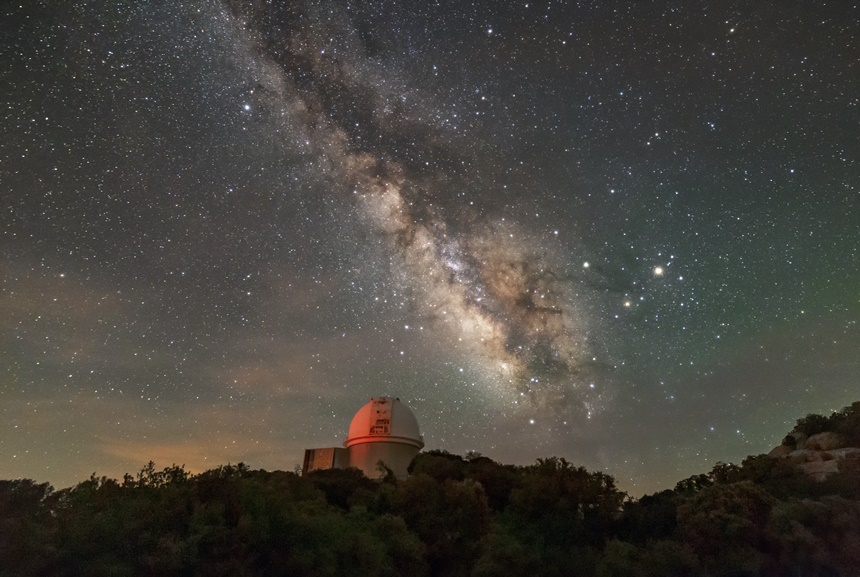
Whistling and moaning, a 50-mile-an-hour wind whips among the telescope domes atop Kitt Peak, a 7,000-foot-high mountain barely an hour’s drive west of Tucson, Arizona. Just a few feet below my spot near the summit, turning gray in the dusk, slides a river of clouds that has been rising and dropping all day. And high above, like a diamond-encrusted canopy, the night sky winks to life.
I turn to survey the community of white telescope domes behind me, clinging to the mountain like wind-battered mushrooms. In each of those domes, teams of astronomers are praying that the wind will drop below 40 miles per hour, the point at which they’ll be able to open the sliding doors and get back to work.
The sky turns indigo. Then black. As the lights go down, the curtain rises on Kitt Peak’s nightly fantasy of lights.
How dark are the skies above Kitt Peak? Mighty dark: There are more telescopes here than anyplace on the planet (24 optical and two radio). Free day tours are popular, but for a real star-studded experience, sign up for a nightly tour ($75 plus a 20 percent senior discount), which includes an Arizona sunset, a light meal, and nature’s greatest light show: A sky full of stars slowly twinkling into view.
A deluxe overnight program ($945 per person) gets designated a “visiting astronomer” with extended telescope access.
Anza-Borrego Desert State Park
California
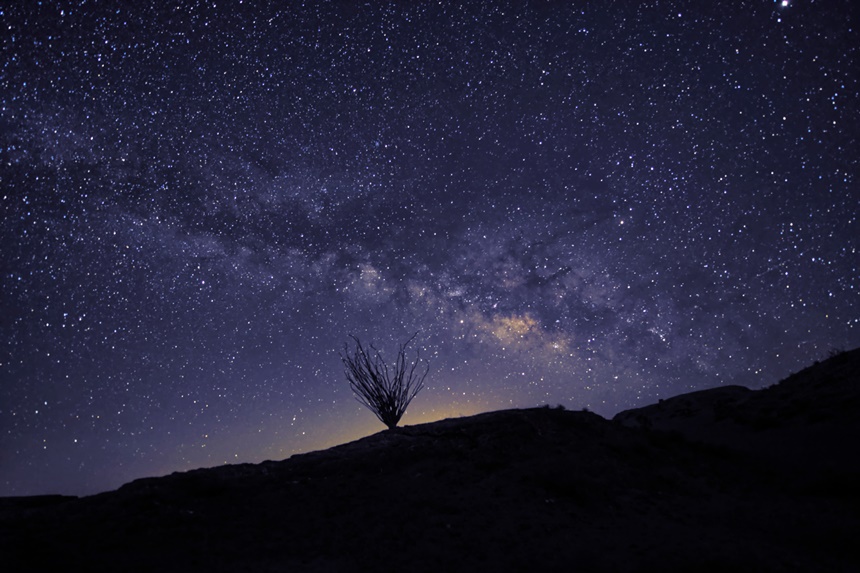
It’s just a two-hour drive east from the bright lights of San Diego, but the skies can get so dark at this desert outpost that you can occasionally see the Northern Lights. It’s also one of the few towns in America where you can see the gauzy Zodiacal light, a misty expanse created by the dust of countless passing comets.
Stargazers by the thousands come for the nightly display, but if you prefer a more intimate show, The Borrego Valley Inn has private patios for night sky viewing.
Everglades National Park
Florida
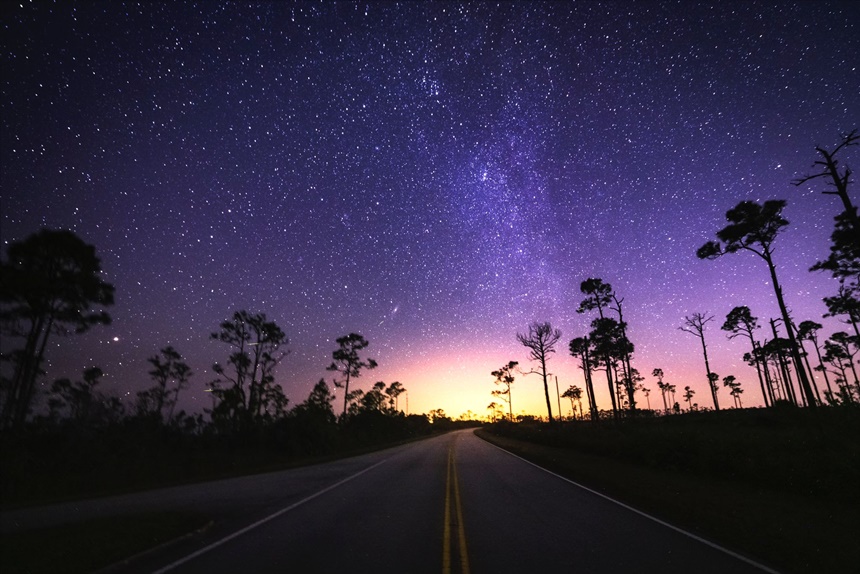
Just 35 miles west of the 24-hour hubbub of Miami International Airport, the Shark Valley Visitor Center of Everglades National Park specializes in showing off South Florida’s darkest, starriest sky. Surrounded by the park’s legendary Sea of Grass, Shark Valley’s sky reaches from horizon to horizon in all directions, offering the kind of panoramic starscape usually reserved for planetariums.
Each spring, rangers conduct nighttime star tours. Coincidentally, the spot lies right near Earth’s 26th parallel — the northernmost spot from which stargazers can see The Southern Cross, the star formation used for centuries by navigators to determine true South.
Lake Tahoe
California
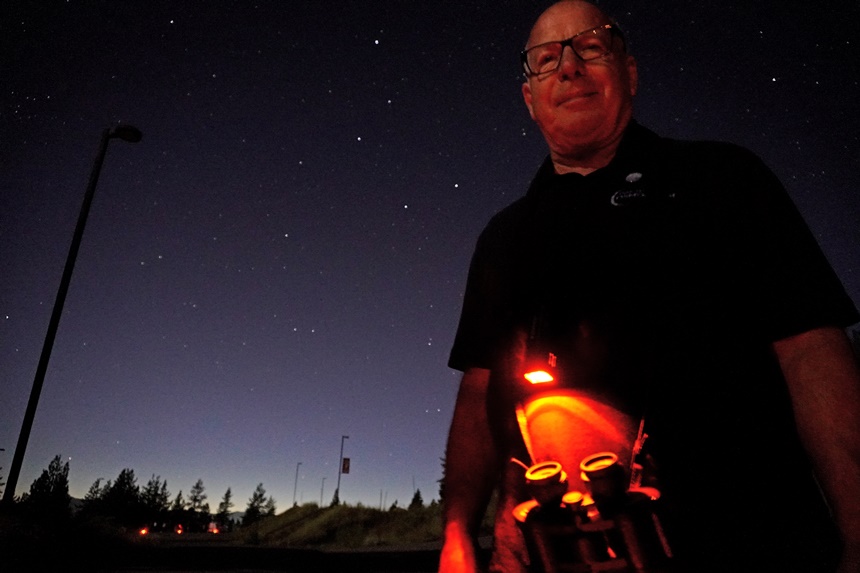
Dark sky viewing sessions inherently have a quasi-spiritual quality about them, and maybe that’s why Tahoe Star Tours’ founder, Tony Berendsen, always begins his with a poem he wrote.
“How the wonder does thou feel from afar/Down gravity’s path round sol our near star…” he begins as 30 or so star lovers gaze skyward, watching the sky come to life with twinkling diamonds.
With the cities of Lake Tahoe and Reno close by, the night skies in this area bridging the states of California and Nevada rank no higher than “Bronze” — the third tier in rankings made by the DarkSky Internationl. But the region’s modest light pollution is largely mitigated by the area’s elevation — and you’ve never had a star guide like Berendsen, the amateur astronomer/poet who has been guiding star tours in and around Tahoe for nearly a quarter century.
Berendsen’s “Sonnet to the Earth” is just one literary flourish in his two-hour programs, held throughout the spring and summer in a field on the grounds of North Lake Tahoe’s Northstar resort. He’ll happily throw in quotes from Carl Sagan and spice up his lectures with groan-inducing astronomy jokes. He’s even been known to bring in classical musicians to accompany the nightly dance of stars and planets.
“Everybody looks at the stars,” he says. “I just like to help them see the stars.”
Cherry Springs State Park
Pennsylvania
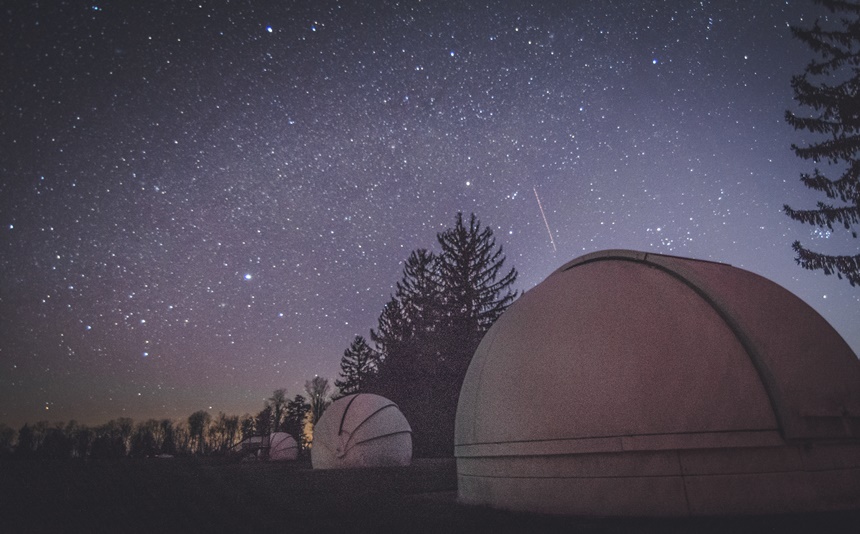
Perched on a 2,300-foot-high mountaintop less than four hours northeast of Pittsburgh, Cherry Springs is the only spot in the East awarded a “Gold” rating by the DarkSky International.
Serious, registered astronomers get to set up their telescopes in The Overnight Astronomy Observation Field, a gated area where bright lights are strictly forbidden. The rest of us are invited to set up our telescopes or scan the skies with our binoculars in the Night Sky Public Viewing Area, where a dimly lit sky map explains what we’re seeing.
Tonopah
Nevada
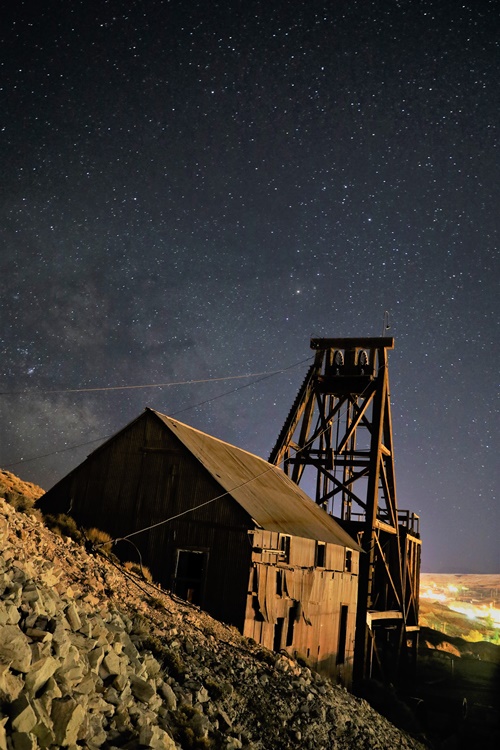
Nevada’s blazing Las Vegas Strip is something of a galaxy itself, snuffing out the light of nearly every celestial body above. Near Vegas you’re lucky to see 75 stars on a clear night. But three hours north of Vegas, in the still, dry air of Tonopah, you’ll stand beneath a blanket of more than 7,000 stars.
Here, just north of the Nevada Nuclear Test Site, the city has created the Clair Blackburn Memorial Stargazing Park (ignore your GPS, which park officials say always get it wrong: Turn off highway 95 at Beans and Brews and head up Ray Tennant Drive, continuing a few hundred feet beyond the paved section). Two-night sky parties are held each month April through October: One is a “Dark Sky” event, the other is a on “Moon Night.” But hands-down, the most spectacular night of the Tonopah stargazing year is the special Perseid Meteor Shower show, every August 10.
Baxter State Park
Maine
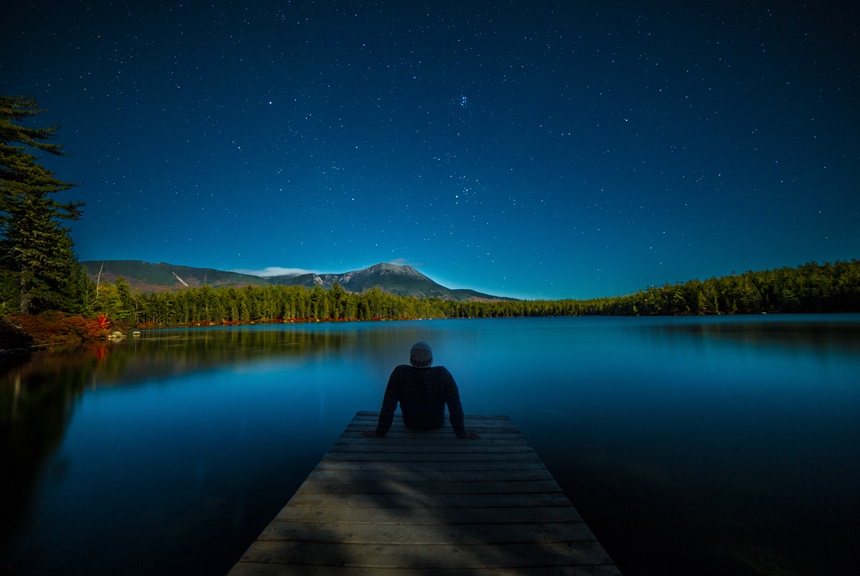
Many dark sky enthusiasts assume you have to escape the Northeast entirely in order to glory in a spectacularly starry sky. But this park, less than 50 miles west of I-95, is equal to some of the best night views way out west (You can also find the park simply by heading north on the Appalachian Trail — it marks the northern terminus of the 2,000-mile footpath).
Besides the dark skies, you’ll also enjoy a cell phone blackout — here where the roads are all gravel, the only connectivity you’ll find is with the occasional moose.
Green Bank
West Virginia
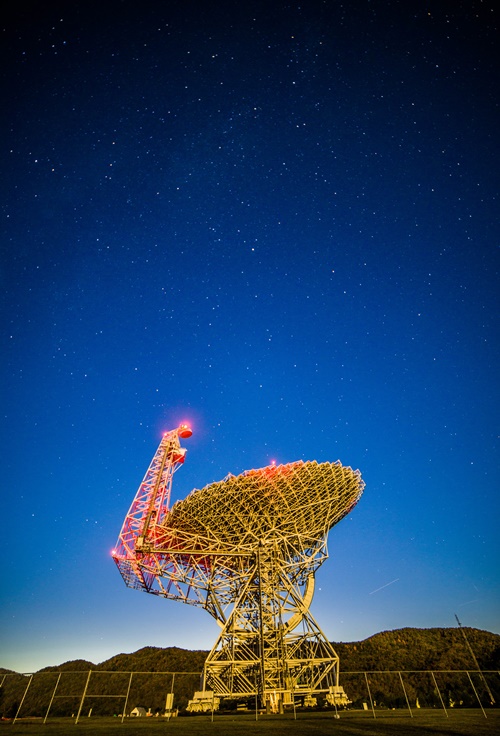
Few driving experiences are more striking than taking a turn on a wooded West Virginia road, and coming upon the sight of a 485-foot-tall, 17-million-pound radio telescope, its inverted dish resembling the world’s largest nut bowl.
Less than three-and-a-half hours west of the bustling Washington, D.C. metropolitan area — in a secluded “Radio Quiet Zone” where Wi-Fi is restricted and microwave ovens are all but banned — stands the world’s largest steerable radio telescope, centerpiece of the National Radio Astronomy Observatory. Take one of the free, four-times-daily bus tours to learn how the observatory detects radio signals from the farthest reaches of the universe, then stick around for the inky blackness of the valley’s night sky.
Check the website for the dates of the observatory’s once-a-month star parties (spring, summer, and fall).
Become a Saturday Evening Post member and enjoy unlimited access. Subscribe now



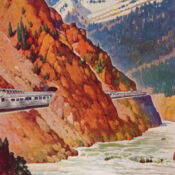
Comments
Unfortunately, I don’t have a remote and rural area from which to see anything this beautiful. Of all the places depicted here, I’d love to zap myself to serene Baxter Park up in Maine.
Just about any remote and rural area will do the trick for me. Fortunately, I have only to step outside my home.